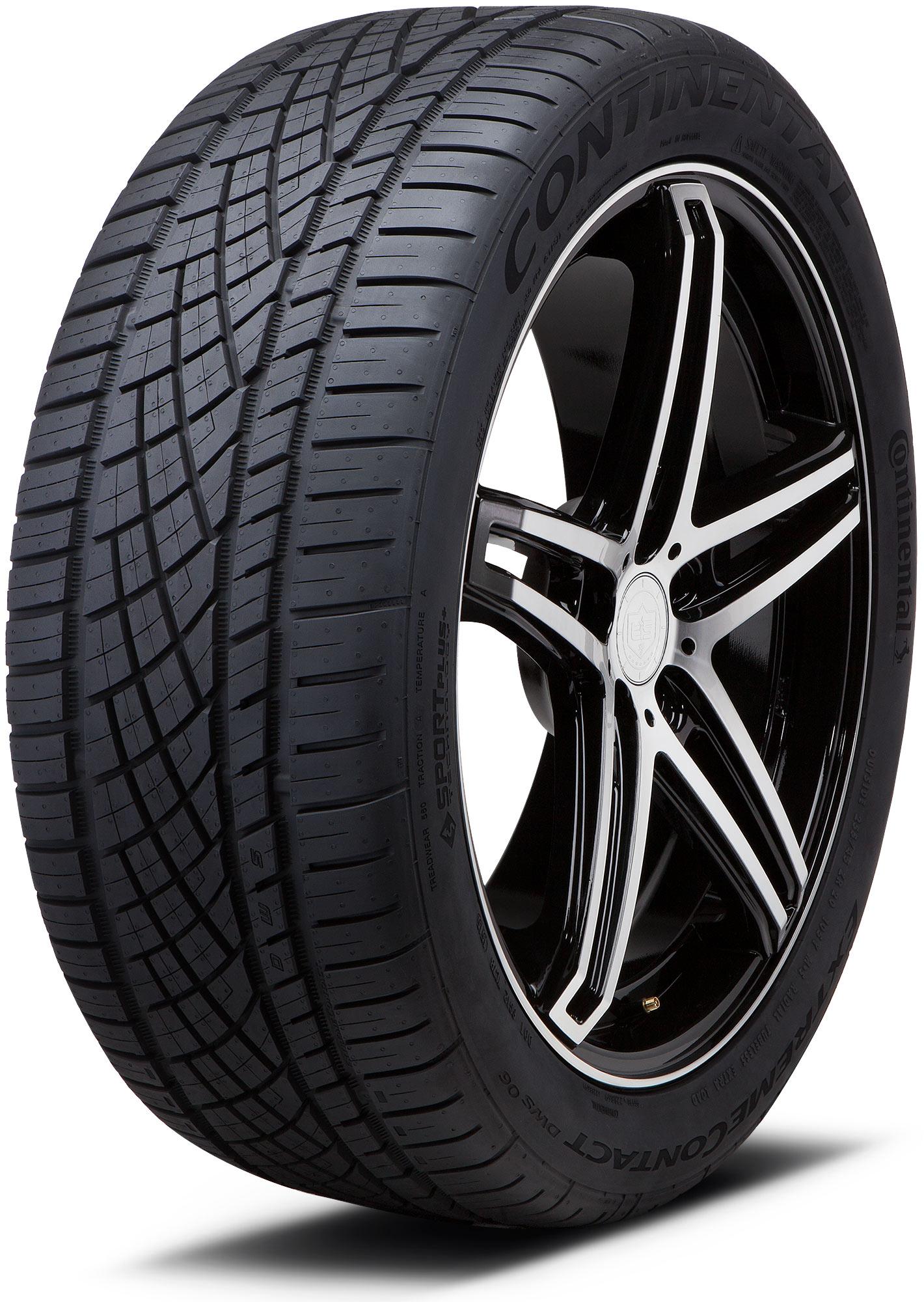When it comes to equipping your vehicle for various weather conditions, the conversation often pivots around two prevalent types of tires: all-season and all-weather tires. At first glance, they may seem to serve similar purposes, but a closer examination reveals significant differences that can affect your driving experience, safety, and the longevity of your tires. This tire showdown reveals the nuances that underscore the selection of the suitable tire for your needs.
All-season tires are designed to offer a versatile performance, making them a popular choice for drivers who experience a mixture of weather conditions throughout the year. These tires boast a tread pattern that provides a balance between dry handling, wet traction, and light snow capabilities. Their raised grooves are crafted to channel water away, reducing the risk of hydroplaning. However, their performance tends to diminish in extreme weather conditions, particularly in heavy snow and ice. Thus, while all-season tires can tackle a mild winter, they may not be your best ally in harsh snowy terrains.
On the other hand, all-weather tires offer a more robust performance bridging the gap between all-season tires and dedicated winter tires. They are uniquely engineered to handle both summer and winter conditions with equal aptitude. Featuring a specialized tread design that incorporates larger, deeper grooves and a more aggressive pattern, all-weather tires excel in wet and snowy environments. They often utilize a combination of rubber compounds that enhance grip during cold temperatures, making them suitable for those who reside in regions that experience frequent icy conditions.
A main consideration when discussing these tire types is the emphasis on performance. All-season tires prioritize fuel efficiency, longevity, and comfort. Their design is typically less aggressive, which helps ensure a quiet ride and reduced rolling resistance. However, this can come at the expense of traction in challenging conditions. All-weather tires, with their focus on all-encompassing performance, may generate a bit more road noise but deliver significantly improved grip and stability in adverse weather. This trade-off could be pivotal for those who regularly navigate through rainstorms or blizzards.
Price is another critical point of differentiation. All-season tires are generally more budget-friendly, appealing to the everyday driver who seeks reliability without the additional investment associated with specialized tires. However, with all-weather tires, the enhanced materials and construction techniques often lead to a higher price point. This investment, however, can prove worthwhile for individuals residing in areas with unpredictable weather patterns or severe winter climates, where the cost of poor traction can manifest in accidents or extended delays.
Additionally, consider the tire’s tread life. All-season tires are often marketed with impressive mileage warranties, boasting a lifespan of around 60,000 to 80,000 miles under optimal conditions. In contrast, all-weather tires may possess slightly reduced longevity due to their more pliable compounds designed to maintain traction during extreme weather. Nevertheless, the actual lifespan can vary significantly depending on driving habits, road conditions, and maintenance practices.
Another significant factor influencing your choice may be local regulations. Certain areas enforce strict tire regulations during winter months, necessitating specific types of tires that exhibit superior performance in snowy or icy conditions. For instance, while all-season tires may get the job done for the occasional light flurry, all-weather tires are typically deemed acceptable throughout the winter, eliminating the need for a seasonal swap. This not only saves time and money but also minimizes the hassle of maintaining multiple sets of tires.
Performance Evaluation
When weighing all-season versus all-weather tires, it’s beneficial to evaluate their performance metrics objectively. Daily commuting may not require the most advanced tread technology, whereas drivers living in regions that experience heavy snowfall would benefit from enhanced traction characteristics provided by all-weather tires. Performance tests across varying conditions can illuminate which type excels under specific circumstances, guiding consumers towards their best choice.
Moreover, it’s essential to factor in the visual aesthetics of tires as well. All-season tires tend to feature more conservative tread designs, leaning towards utilitarian looks, while all-weather tires can display a more aggressive, rugged appearance. This aspect might appeal to those who seek a sporty and adventurous presence in addition to functional performance.
Ultimately, the decision between all-season and all-weather tires should reflect your unique driving needs and lifestyle. If your daily commute involves traversing mixed conditions with occasional snow, all-season tires may suffice. However, if winter conditions dictate your travel landscape, the superior traction and versatility of all-weather tires may make them the wiser investment.
In conclusion, selecting the right tires is more than a mere shopping decision; it embodies a thoughtful commitment to safety, performance, and comfort on the road. As weather patterns continue to evolve, staying informed and adaptive will ensure you choose the optimal option for your driving needs. With the right knowledge, drivers can navigate their tire choices confidently, ensuring both performance and safety throughout the seasons.
